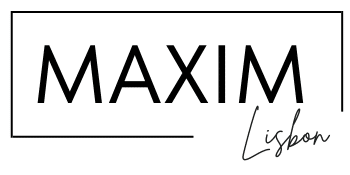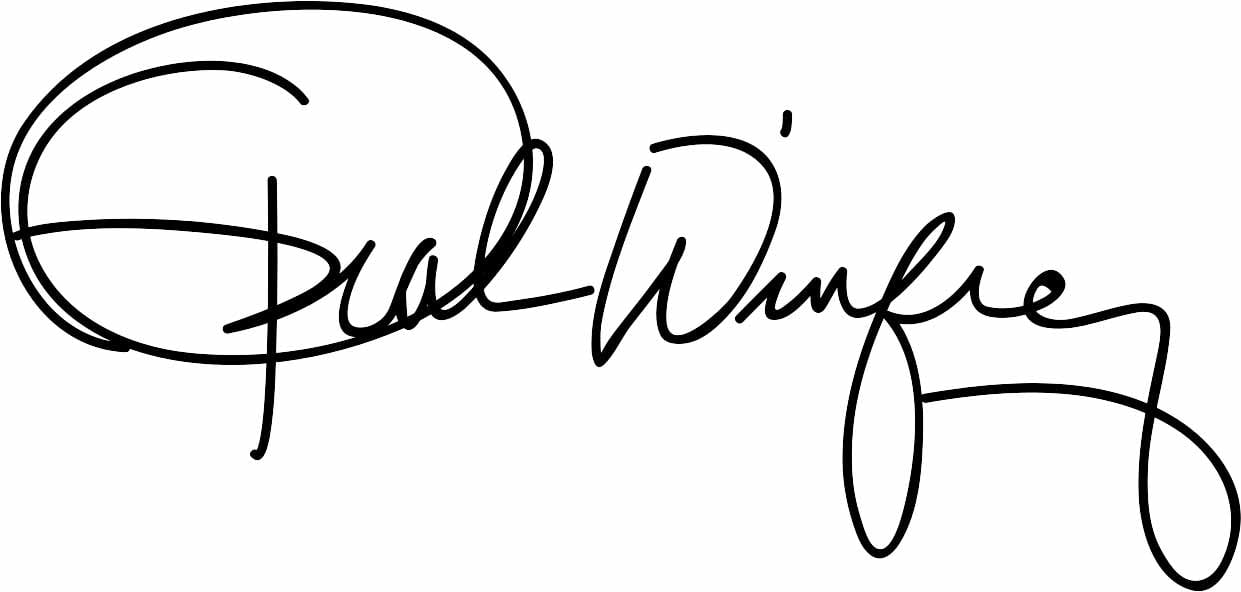When you cannot wear a baseball cap? Exploring the Ubiquity and Etiquette of an Iconic Accessory
Why do grown men insist on wearing baseball caps everywhere? You see them paired with suits, donned at theaters, and present at events once considered formal. Has the baseball cap craze gone too far?
It’s true—the baseball cap has become so ubiquitous that renowned British milliner Stephen Jones has likened it to “the tiara of America.” But this wasn’t always the case.
Table of Contents
When you cannot wear a baseball cap
The Evolution of the Baseball Cap
The baseball cap originated as a functional accessory for athletes. In 1849, the New York Knickerbockers introduced the first hat for baseball players—a straw hat designed to shield their eyes from the sun. It wasn’t until the late 19th century that the familiar dome-shaped cap with its duckbill brim emerged. The Boston Baseball Club (now the Atlanta Braves) introduced the logo in 1894, and by 1901, the Detroit Tigers debuted a mascot-emblazoned cap.
The modern structured baseball cap, known as the 59Fifty, came into existence in 1947, courtesy of New Era, a New York haberdashery company. However, it wasn’t until the 1980s that the cap transitioned from the sports field to pop culture.
Think of Tom Selleck in Magnum P.I., sporting Tigers caps alongside his Hawaiian shirts. Or rappers like Chuck D of Public Enemy and Eazy-E of N.W.A., who made caps cultural symbols. By the late 20th century, the baseball cap was no longer just a piece of sportswear—it was a statement of identity.
From Utility to Fashion Statement
Over time, the baseball cap became a versatile accessory that straddled individuality and conformity. Even in traditionally formal environments, such as finance, suits were increasingly paired with caps, signaling a casual, layered identity.
The cap’s rise reached its zenith with high-fashion interpretations. At the Met Gala, Chance the Rapper paired a Ralph Lauren cap with his tailored look, while Kylie Jenner opted for an Off-White bridal baseball cap in 2022. Jeremy Strong’s $625 Loro Piana cap in HBO’s Succession further symbolized the intersection of casual and luxury—a hallmark of the stealth wealth trend.
Why Wear a Baseball Cap Took Over
Noah Johnson, GQ’s global style director, attributes the cap’s widespread appeal to a mix of factors:
- Casualization of Fashion: Modern culture embraces more relaxed attire.
- Expanding Men’s Fashion Market: Caps serve as entry points into designer accessories.
- Expression of Individuality: From band merchandise to political symbols, caps help wearers broadcast their identity.
This convergence, combined with the rise of customizable merch, created the perfect environment for the baseball cap to thrive.
Navigating Baseball Cap Etiquette
Despite their popularity, baseball caps blur the lines of social etiquette. As dress codes become less rigid, questions about “appropriate” cap use linger. Here’s how to navigate the unwritten rules:
- Dining: Always remove your cap when seated at a dining table, whether at home or in a restaurant.
- Public Spaces: Be mindful of others, especially in spaces like theaters or concerts, where obstructing views can cause irritation.
- Introductions: When meeting someone for the first time, remove your cap and sunglasses as a gesture of respect.
As Guy Trebay, a men’s wear critic, notes, “Like cellphones on speaker in public, consider the existence of others.”
A Cap for Every Occasion?
The baseball cap’s versatility and cultural significance are undeniable, but understanding when and where to wear it is key to maintaining its charm. After all, respecting tradition and those around you ensures this iconic accessory remains a timeless staple. Hope you found our guide to when you cannot wear a baseball cap useful.
Hats off to striking the perfect balance!



